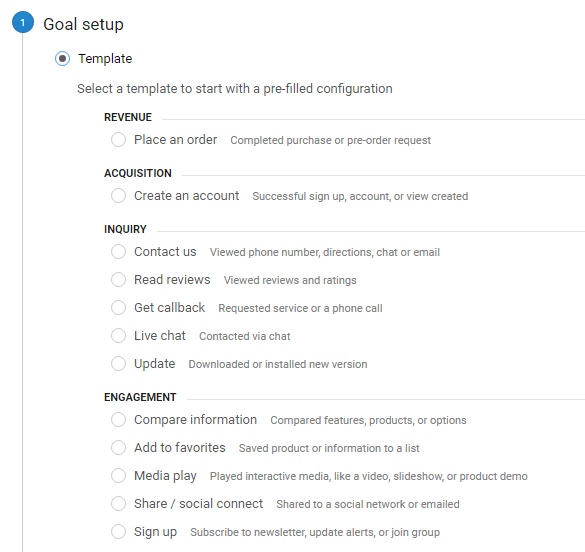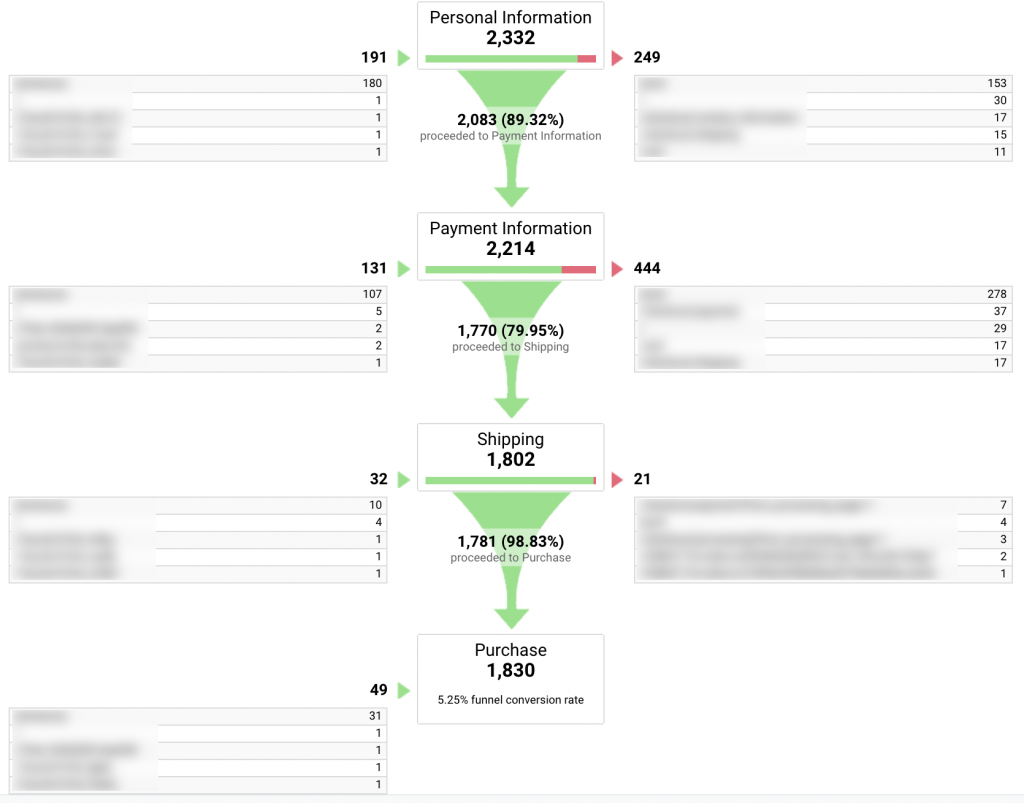Discovering What Data Is Google Analytics Goals Unable to Track
Discovering What Data Is Google Analytics Goals Unable to Track
Blog Article
Discover the Limitations of Google Analytics Goals: Unveiling the Data Kind That Remain Untrackable
As organizations progressively count on data-driven decision-making, recognizing the restrictions of devices like Google Analytics ends up being paramount. While Google Analytics Goals deal important understandings right into user communications, there exist data kinds that avoid monitoring, presenting difficulties to a thorough understanding of user behavior.
Incomplete Individual Trip Tracking
Insufficient customer trip monitoring within Google Analytics can impede the capability to precisely assess customer actions. When the customer trip is not totally tracked, there are gaps in the data that avoid a thorough understanding of exactly how customers engage with an internet site. This lack of understanding can cause missed out on possibilities for optimization and enhancements to the customer experience.
One common issue with incomplete user trip monitoring is the lack of ability to see the complete path that individuals take before completing an objective or leaving the website. Without this information, it is challenging to recognize where customers may be coming across challenges or friction factors that avoid them from converting. Additionally, insufficient tracking can cover the effect of certain marketing initiatives or web site modifications on user actions.
To address this limitation, it is essential to establish correct tracking devices within Google Analytics to catch the whole individual journey. This might involve establishing up event monitoring, goal funnels, or making use of tools like Google Tag Supervisor to make certain that no essential interactions go unrecorded. By obtaining a detailed view of the individual journey, web site owners can make more enlightened decisions to boost user involvement and drive conversions.
Attribution Obstacles
Browsing via acknowledgment challenges in Google Analytics needs a comprehensive understanding of exactly how various touchpoints add to the general conversion procedure. Acknowledgment obstacles emerge from the complexity of modern customer journeys, where users communicate with several networks prior to transforming.
One typical attribution difficulty is the problem in connecting conversions to the correct source, particularly in situations where customers interact with numerous networks prior to transforming. Furthermore, cross-device tracking positions an additional attribution difficulty, as customers commonly switch in between devices throughout their journey, making it testing to track their communications effortlessly.
Offline Conversions
Provided the obstacles connected with connecting conversions precisely in online channels, the dimension of offline conversions offers a significant chance for marketers seeking a more comprehensive understanding of their clients' trip. Offline conversions refer to activities that clients absorb the physical globe, such as making purchases in brick-and-mortar stores or over the phone, attending occasions, or engaging with published products - what data is google analytics goals unable to track. These conversions are vital for companies that operate both online and offline, as they give important understandings right into the performance of marketing projects throughout numerous touchpoints
Tracking offline conversions commonly postured a significant difficulty for marketing experts, as it was challenging to connect these activities back to details on-line communications precisely. With improvements in innovation, such as the integration of CRM systems, special identifiers, and discount coupon codes, organizations can now connect the void between online and offline data to obtain a much more all natural view of consumer behavior. By successfully gauging offline conversions, marketing experts can optimize their techniques, assign resources a lot more successfully, and inevitably enhance the general customer experience.
Cross-Device Monitoring
Cross-device tracking plays a crucial duty in recognizing the interconnected nature of customers' digital communications across multiple gadgets. In today's omnichannel world, where customers effortlessly switch in between mobile phones, desktops, and tablets, tracking their behavior across these gadgets is vital for online marketers to obtain an extensive sight of their consumer journey.

Moreover, privacy worries and regulations such as GDPR and CCPA have even more complicated cross-device monitoring. With customers demanding more control over their data and enhanced constraints on tracking innovations, marketing experts need to find innovative and privacy-compliant check over here methods to link individual communications throughout gadgets.
Dynamic Material Interaction
Comprehending individual interaction with dynamic material is critical in enhancing digital advertising approaches for boosted target market interaction. Dynamic material describes site elements that alter based on customer actions, preferences, or various other variables, using a personalized experience. Tracking individual interactions with dynamic content postures obstacles for standard analytics tools like Google Analytics.
While Google Analytics can track standard interactions like clicks and page sights, it might struggle to record more nuanced engagements within dynamic content. what data is google analytics goals unable to track. Metrics such as time spent on specific dynamic elements, hover actions, or interactions within pop-ups are frequently not quickly quantifiable using standard monitoring methods. This constraint impedes online marketers' ability to completely realize exactly how customers are engaging with vibrant material and customize their techniques accordingly

Conclusion
Finally, Google Analytics objectives have limitations in tracking incomplete customer trips, attributing conversions precisely, recording offline conversions, tracking cross-device communications, and measuring vibrant web content engagement. These constraints highlight the importance of discovering additional tracking approaches and devices to gain a more extensive understanding of user behavior and conversions beyond what Google Analytics can provide.
While Google Analytics Goals offer valuable understandings right into customer communications, why not check here there exist data types that elude tracking, positioning challenges to an extensive understanding of user behavior.Incomplete customer trip tracking within Google Analytics can hinder the ability to accurately analyze customer habits. When the individual journey is not fully tracked, there are voids in the information that prevent a comprehensive understanding of just how individuals interact with an internet site.One typical concern with insufficient individual trip monitoring is the failure to see the full path that individuals take in the past finishing an objective or leaving the website. By getting an extensive sight of the individual trip, web site proprietors can make more informed decisions to boost user involvement and drive conversions.
Report this page